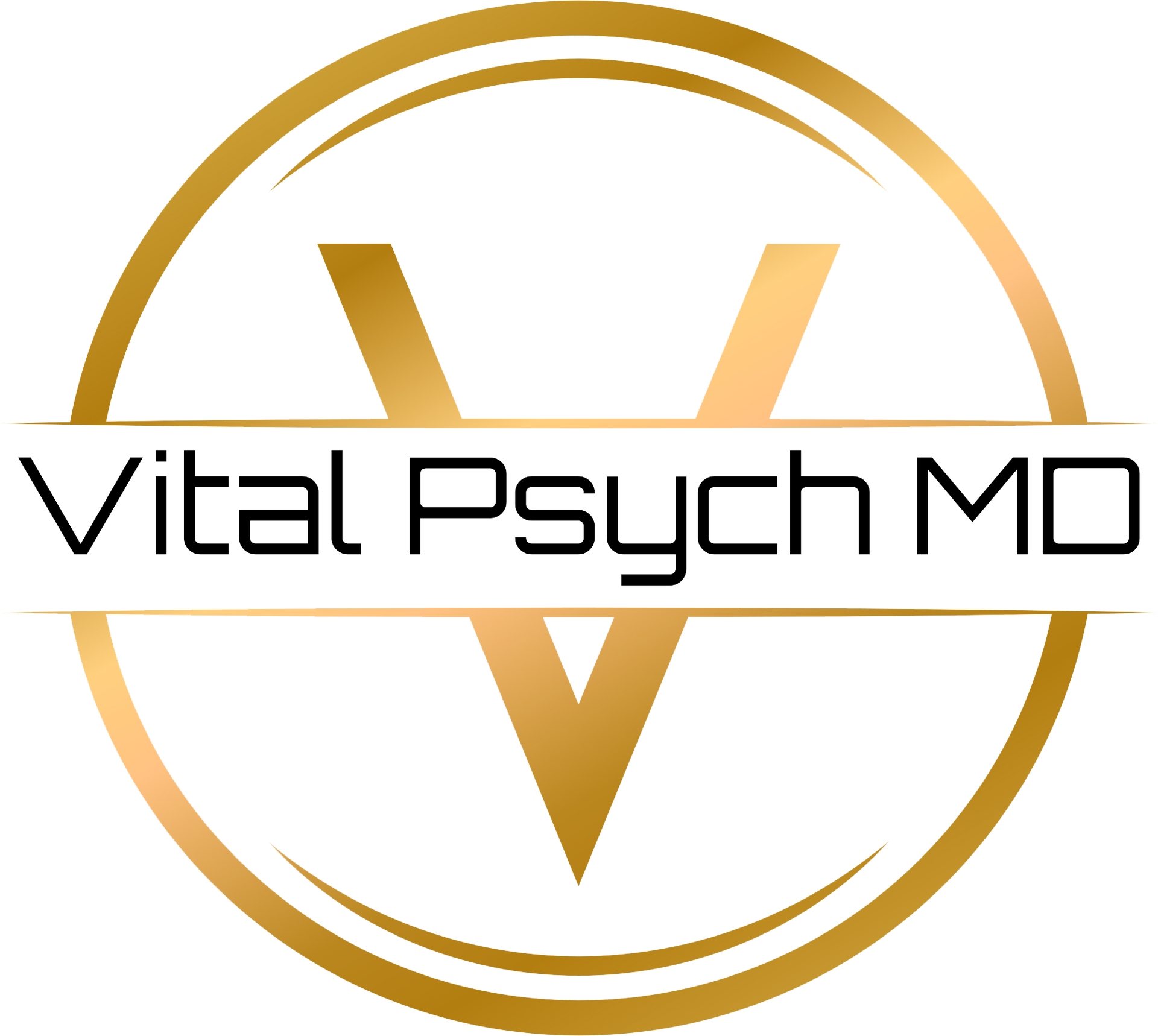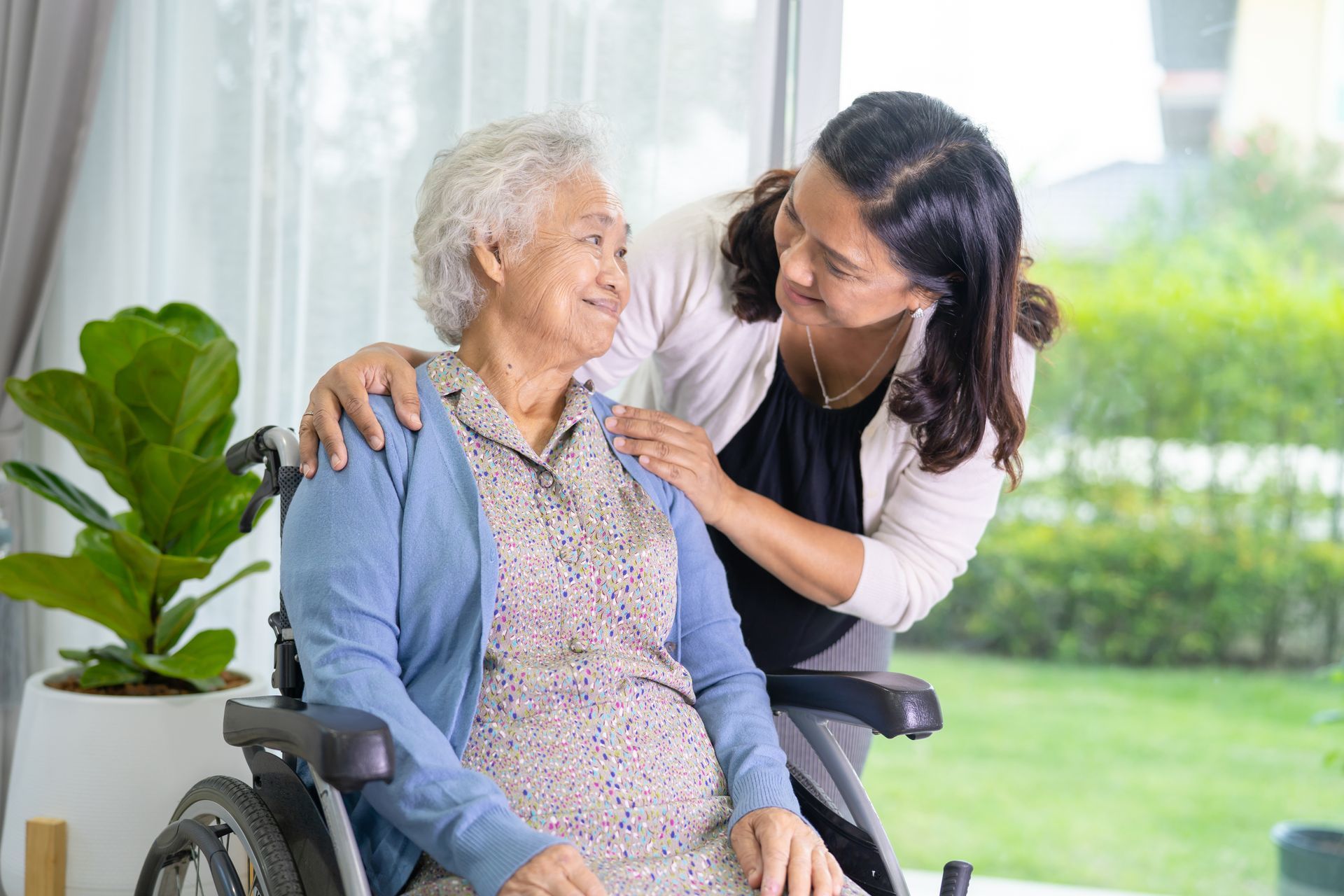The Connection Between Mental Health and Chronic Pain
Chronic pain is more than a physical discomfort—it often intertwines deeply with our emotional and psychological well-being. Whether stemming from arthritis, fibromyalgia, migraines, or back pain, persistent pain can have ripple effects on a person’s mood and general mental health. By recognizing these impacts and implementing holistic treatments, individuals can pave a more comprehensive path toward relief and improved quality of life.
Understanding the Pain-Mind Connection
The interplay between chronic pain and mental health is multifaceted. Research findings consistently highlight that individuals living with persistent pain are at a significantly higher risk of experiencing mood disorders and anxiety. Chronic stress from ongoing discomfort can also contribute to issues such as sleep disturbances and social isolation. These amplified stress levels can, in turn, exacerbate the intensity of the pain sensation.
An estimated 50 million adults in the United States suffer from chronic pain. When we consider that pain can reduce a person’s ability to engage in fulfilling activities—from work to family outings—the link to mental health becomes clearer. Feelings of frustration, disappointment, and even guilt can emerge, potentially ushering in depressive symptoms over time.
How Chronic Pain Affects Emotional Well-Being
A reciprocal relationship often develops between pain and emotional distress. On one hand, unrelenting discomfort can reduce a person’s ability to concentrate, problem-solve, and stay motivated—a combination that intensifies emotional strain. On the other hand, when the body is already processing stress or emotional upheavals, its pain threshold can diminish, making even moderate pain feel intolerable.
Individuals might find themselves:
- Feeling isolated due to limited social engagement.
- Experiencing difficulty sleeping, which can further heighten emotional vulnerability.
- Grappling with anxiety about when the next flare-up might strike.
Recognizing these interconnected factors is a fundamental step toward steering away from a downward spiral and moving toward effective coping strategies.
Effective Intervention Strategies
Many therapeutic approaches show promise in gradually alleviating both pain symptoms and emotional difficulties. Rather than relying solely on painkillers or medications for mood disorders, experts often recommend a multidimensional plan. This can include:
- Psychological Counseling: Talking therapies, like Cognitive Behavioral Therapy, equip individuals with cognitive tools to forecast, understand, and modify certain pain and stress-related thought patterns.
- Physical Rehabilitation: Exercises under guided supervision can strengthen muscles, reduce tension, and enhance circulation.
- Mindfulness Practices: Techniques focusing on breathwork and awareness can help individuals better manage their response to discomfort.
It’s crucial to remember that every individual is unique. Strategies that work seamlessly for one person may prove less effective for another. Consulting with a qualified mental health professional or a pain specialist can help tailor an intervention plan that addresses specific challenges.
Therapies Addressing Physical and Psychological Aspects
As the understanding of chronic pain’s complexity expands, combined treatments that target both the body and the mind continue to gain momentum. Integrative approaches often involve specialists from various fields: psychologists, physical therapists, medical doctors, and occasionally nutritionists. Such collaboration can lead to a more nuanced and precise treatment protocol.
- Biofeedback: This technique allows patients to become more aware of specific bodily processes, such as muscle tension or heart rate. By learning to control these processes, individuals can sometimes lessen their overall pain experience and reduce accompanying stress.
- Acceptance and Commitment Therapy (ACT): Through mindfulness and acceptance strategies, ACT helps individuals face pain in a manner that reduces its emotional sting while still promoting a value-driven life.
- Lifestyle Modifications: Simple shifts in daily routines—such as adopting a balanced diet, ensuring adequate sleep, and engaging in mild to moderate physical activity—can significantly affect emotional resilience and reduce discomfort.
When searching for providers or incorporating these therapies, transparency and trust are paramount. At Vital Psych MD, we emphasize a compassionate, patient-centered approach that takes into account a thorough understanding of both mental health and chronic pain factors.
Sources of Motivation and Support
One of the most challenging facets of living with chronic pain is tackling the sense of isolation that can emerge over time. No matter how severe the pain is, feeling alone in the struggle can amplify hopelessness and dampen motivation to seek treatment.
Fortunately, numerous support systems exist, both online and offline:
- Local support groups for those struggling with chronic pain or related mental health issues
- Virtual communities where experiences, tips, and coping strategies are shared
- Mental health hotlines and counseling sessions
Leveraging these platforms can remind individuals that others face similar challenges—and that guidance is available.
Finding Hope Through Collaborative Care
Working hand-in-hand with healthcare providers and mental health professionals remains one of the most proactive ways to address the pain-mood cycle. Communication and openness about all symptoms—physical and psychological—are fundamental. When physicians, therapists, and patients collaborate effectively, the result is often a more holistic, nuanced treatment plan attuned to individual nuances.
Acknowledging the intricate bond between mental health and chronic pain marks a critical step in reclaiming both emotional balance and physical functionality. With a commitment to proven techniques, open communication with medical professionals, and a willingness to explore integrative interventions, individuals can take meaningful strides in regaining control.
Each person’s journey may be distinctive, yet the unifying thread remains clear: when we treat chronic pain as both a physical and psychological concern, we open the door to more comprehensive relief and a more fulfilling life experience.











